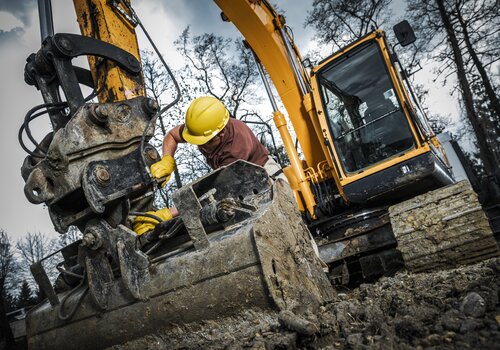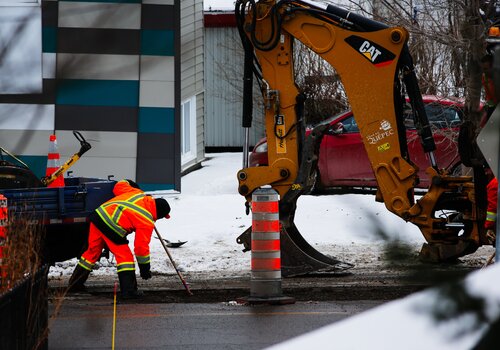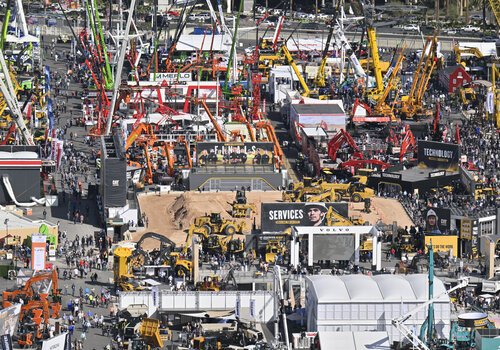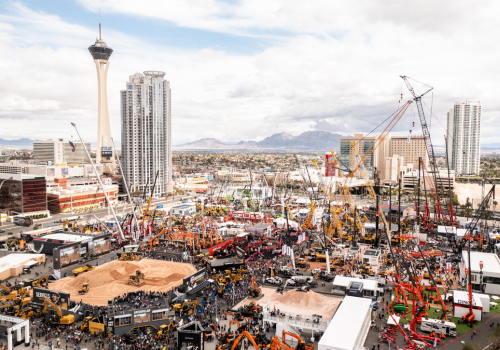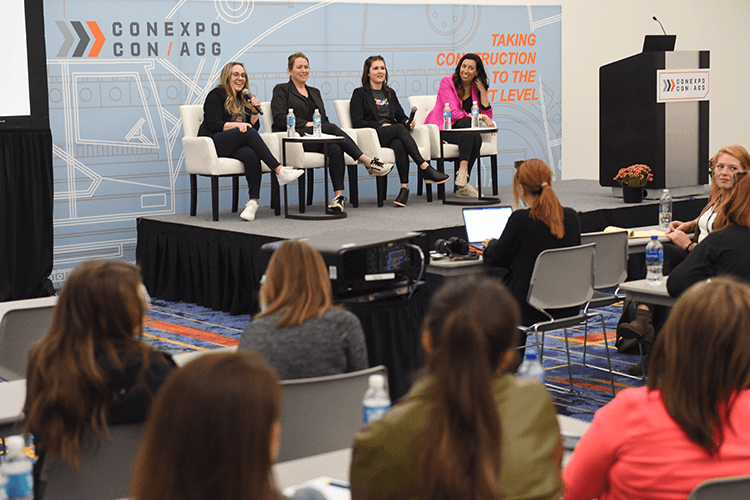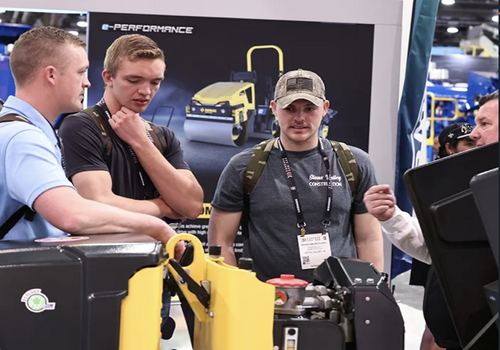Selecting the right screen media is crucial for aggregates workers to ensure efficient sorting and processing of materials. The right choice can significantly impact the efficiency, lifespan and overall cost of operations.
TYPES OF SCREEN MEDIA
1. Woven Wire Cloth
Woven wire cloth is one of the most commonly used screen media in the aggregates industry due to its versatility and cost-effectiveness. It consists of interwoven wires forming a mesh with precise openings.
Applications:
- Ideal for applications requiring high precision and fine screening.
- Suitable for materials that are not excessively abrasive.
Example Situation:
A quarry needs to separate fine sand from gravel. Woven wire cloth with a fine mesh size is selected because it provides the necessary precision to achieve clean separation of the fine sand while allowing the gravel to pass through efficiently.
2. Polyurethane Screens
Polyurethane screens are made from a resilient plastic material and are known for their durability and resistance to abrasion. They are available in various forms, including modular panels and tensioned screens.
Applications:
- Best for applications involving highly abrasive materials.
- Suitable for wet screening applications.
Example Situation:
An aggregates plant processes river rock, which tends to be very abrasive. The plant uses polyurethane screens to extend the lifespan of the screen media and reduce downtime for maintenance. The material's abrasion resistance ensures consistent performance despite the harsh conditions.
3. Rubber Screens
Rubber screens are similar to polyurethane screens but are more flexible and offer better impact resistance. They are ideal for applications where the material being screened is large or contains sharp edges that can damage other types of screens.
Applications:
- Effective in reducing noise levels.
- Suitable for heavy-duty applications with large, sharp-edged materials.
Example Situation:
A construction site processes demolition debris, including large chunks of concrete and steel. Rubber screens are chosen for their ability to withstand the impact of the debris and their noise reduction properties, which are beneficial in urban settings.
4. Perforated Plate Screens
Perforated plate screens are made from a solid plate of steel or other metals with holes punched through it. They are extremely durable and can handle very heavy loads.
Applications:
- Ideal for primary screening and scalping.
- Suitable for applications where precise sizing is less critical.
Example Situation:
A mining operation needs to screen large boulders from ore before secondary crushing. Perforated plate screens are used because they can handle the heavy load and the initial separation does not require precise sizing, just the removal of the largest rocks.
5. Hybrid Screens
Hybrid screens combine the benefits of multiple types of screen media, such as the precision of woven wire cloth and the durability of polyurethane. These screens offer a balance of efficiency and longevity.
Applications:
- Best for operations needing a balance of durability and precise screening.
- Suitable for complex applications where different materials are processed together.
Example Situation:
An aggregates processing plant deals with a mix of fine sand, gravel and abrasive materials. Hybrid screens are implemented to provide the necessary precision for the sand while withstanding the wear from the abrasive materials, thus optimizing overall efficiency.
4 FACTORS TO CONSIDER WHEN CHOOSING SCREEN MEDIA
1. Material Characteristics
- Abrasiveness: Highly abrasive materials require more durable screens like polyurethane or rubber.
- Moisture Content: Wet materials may benefit from polyurethane screens that prevent clogging.
2. Screening Purpose
- Precision: For fine and precise screening, woven wire cloth is often the best choice.
- Load Capacity: For heavy-duty applications, perforated plate screens provide the necessary strength.
3. Operational Environment
- Noise Reduction: Rubber screens are ideal for environments where noise levels must be minimized.
- Maintenance Requirements: Consider the ease of maintenance and replacement. Polyurethane screens, for example, offer longer service life, reducing downtime.
4. Cost Efficiency
- Initial Investment vs. Longevity: While polyurethane screens may have a higher upfront cost, their longevity can lead to cost savings in the long run.
Choosing the right screen media is a critical decision for aggregates workers that affects productivity, cost efficiency and operational longevity. Understanding the characteristics and applications of various screen media types—woven wire cloth, polyurethane, rubber, perforated plate and hybrid screens—allows for informed decisions tailored to specific operational needs.
By carefully evaluating material characteristics, screening purposes, operational environments and cost considerations, aggregates workers can select the most suitable screen media to enhance their operations. This strategic choice ensures efficient material processing, reduced downtime and optimal performance in the dynamic and demanding world of aggregates processing.
Photo credit: CREATIVENATUREPHOTOGRAPHY/BIGSTOCKPHOTO.COM



